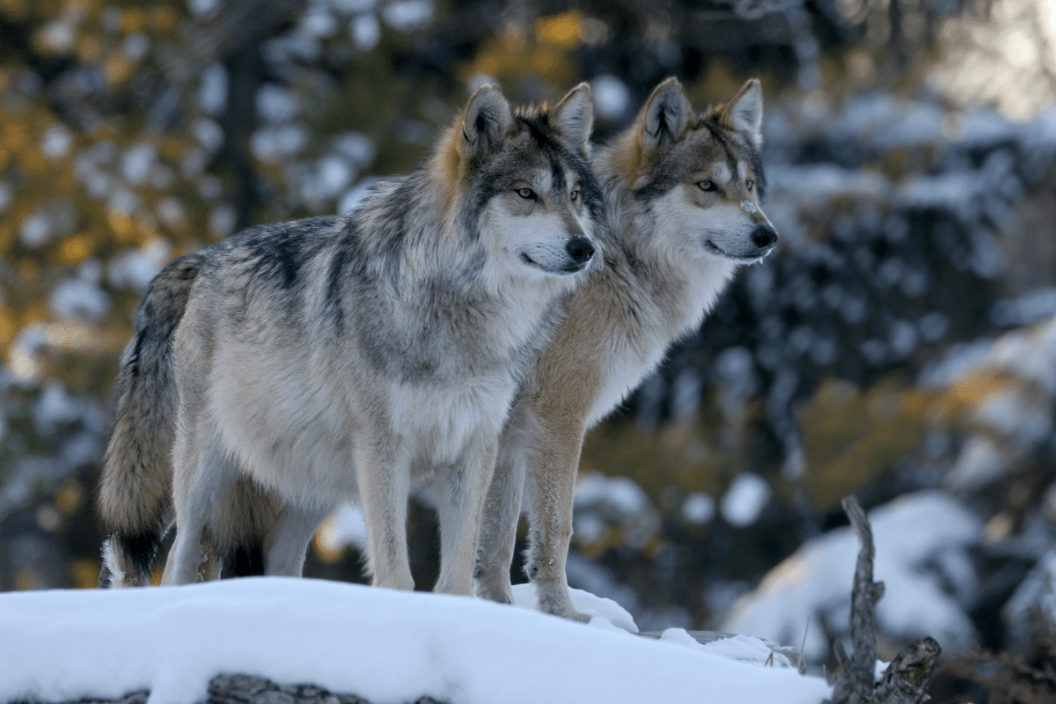News on the current population of wolves in one Midwest state has been released, prompting the wildlife agency to declare that "indicators point towards a healthy, secure wolf population." The Wisconsin Department of Natural Resources estimates that the 2022 pack-associated wolf count is between 812 and 1,193, and most likely around 972 wolves in the pack-occupied range. The DNR also estimated that there are between 243-352 packs, with the most likely number being 288 packs.
While the Wisconsin DNR wolf population estimates are lower and their territory is less widespread than in some previous years, they believe that the wolf population is healthy and the slight decline is not a reason of concern for their biological well-being.
The pack numbers and wolf distribution is similar to the most recent years, which makes the decline less alarming. In addition, the average home range size of the wolf population is similar to previous surveys. The current wolves' home range is 66 square miles. The DNR report says that the winter tracking surveys show smaller average pack sizes in every zone compared to last winter. But, the decrease tracks with the last hunting and trapping season.
Officials say they are confident in their scientifically-based study methods for monitoring the state's wolf populations, which they tested for multiple years before it was completely implemented in 2020. The DNR states, "This methodology has been evaluated by the scientific community and published in a peer-reviewed scientific journal." The data for the survey comes from multiple sources. The DNR used winter snow tracking surveys, assessment of mortalities, public observation reports, and GPS-collared wolves to determine their estimates. In addition, a large amount of the yearly DNR data comes from on-the-ground monitoring, which the department believes is vital to keeping a sustainable wolf population.
The DNR's Wildlife Habitat webpage will be up shortly with a complete 2022 annual wolf monitoring report for public review.




